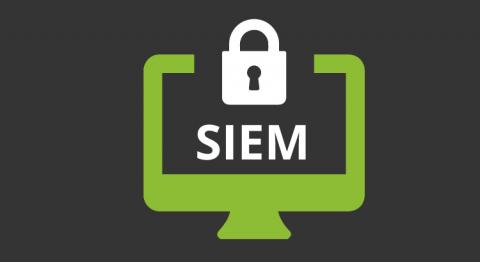Operations | Monitoring | ITSM | DevOps | Cloud
Security
The latest News and Information on CyberSecurity for Applications, Services and Infrastructure, and related technologies.
Elastic Security opens public detection rules repo
At Elastic, we believe in the power of open source and understand the importance of community. By putting the community first, we ensure that we create the best possible product for our users. With Elastic Security, two of our core objectives are to stop threats at scale and arm every analyst. Today, we’re opening up a new GitHub repository, elastic/detection-rules, to work alongside the security community, stopping threats at a greater scale.
Why a Zero-Trust Network Is More Desirable-and Achievable-Than Ever
Continuous Intelligence for Atlassian tools and the DevSecOps Lifecycle (Part 2)
The missing link to comprehensive endpoint security
Very few things available online are truly free of cost. If you don’t pay with cash, chances are you are paying with your personal information or other data. The Chrome web store is filled with free extensions that users install on their browsers to enhance their online experience. However, more and more of these extensions are being discovered and removed from the store due to their malicious intent.
CCPA compliance: Getting ready for enforcement
Preventing "copy-paste compromises" (ACSC 2020-008) with Elastic Security
The Australian Cyber Security Centre (ACSC) recently published an advisory outlining tactics, techniques and procedures (TTPs) used against multiple Australian businesses in a recent campaign by a state-based actor. The campaign — dubbed ‘copy-paste compromises’ because of its heavy use of open source proof of concept exploits — was first reported on the 18th of June 2020, receiving national attention in Australia.
What is SIEM?
SIEM (Security Information and Event Management) is a kind of software whose purpose is to provide organizations and corporations with useful information. “About what?” you may wonder. Well, about potential security threats related to your business networks. SIEM does this through data collation and by prioritizing all kinds of dangers or threats. In general, we already answered the question “what is SIEM?”, but how does it do it?










